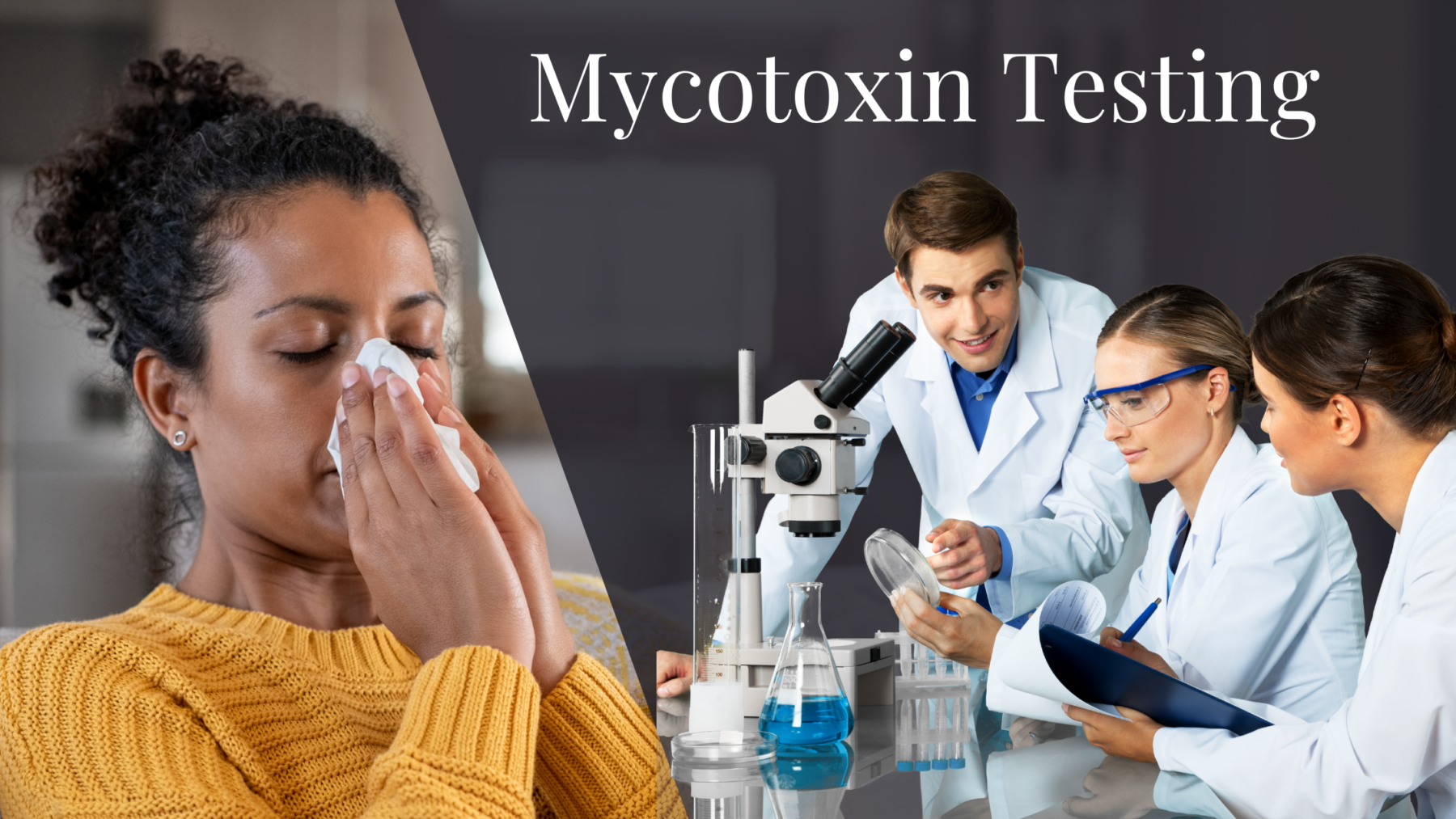Exactly How Mycotoxin Testing Assists Protect Against Contamination and Safeguard Food Supplies

Mycotoxin screening is an indispensable method in the food sector, serving as a frontline defense versus contamination by damaging toxins generated by molds. With the application of innovative techniques like High-Performance Fluid Chromatography (HPLC) and Fluid Chromatography-Mass Spectrometry (LC-MS), food producers can precisely discover and evaluate mycotoxin degrees in farming products.
Comprehending Mycotoxins
Recognizing mycotoxins starts with acknowledging that they are poisonous second metabolites created by certain mold and mildews, which can infect farming items. These metabolites are not vital for the growth or recreation of the fungis yet can have extreme effects for animal and human wellness. Mycotoxins are generally located in staple plants such as corn, wheat, barley, and nuts, where they can multiply under particular conditions of moisture and temperature.
There are a number of types of mycotoxins, each generated by different fungal species. Fusarium varieties create trichothecenes and fumonisins, both of which are associated with numerous acute and persistent health and wellness issues.

Threats of Mycotoxin Contamination
The risks of mycotoxin contamination are complex, positioning significant dangers to both food safety and public wellness. Mycotoxins, harmful substances created by certain types of fungis, can pollute a wide variety of farming products consisting of cereals, nuts, seasonings, dried fruits, and coffee.
Financial impacts are an additional major worry. Contaminated crops can cause substantial economic losses for farmers and food producers because of reduced yields and the demand for expensive purification procedures. Furthermore, global profession can be dramatically impeded as nations impose stringent mycotoxin regulations to secure their populaces, leading to turned down deliveries and strained trade connections.
Environmental elements such as environment adjustment aggravate the risk of mycotoxin contamination. Variations in temperature and humidity can produce positive problems for fungal development, raising the likelihood of contamination events. Thus, understanding and reducing these dangers are vital for making certain the safety and security and integrity of global food supplies.
Methods of Mycotoxin Testing
Accurately identifying mycotoxin contamination in agricultural items is essential for safeguarding public health and maintaining food safety and security criteria. Numerous approaches are utilized to find and measure mycotoxins, each offering certain benefits and limitations.
High-Performance Liquid Chromatography (HPLC) is an extensively made use of approach because of its high sensitivity and precision. It entails dividing mycotoxins from other compounds in a sample, making it possible for exact metrology. Likewise, Liquid Chromatography-Mass Spectrometry (LC-MS) incorporates fluid chromatography with mass spectrometry to offer detailed molecular details, making it especially helpful for identifying numerous mycotoxins all at once - Mycotoxin testing Services.

Gas Chromatography-Mass Spectrometry (GC-MS) and Thin-Layer Chromatography (TLC) are also employed, each with distinct applications. GC-MS is efficient for unstable mycotoxins, while TLC provides an easier, affordable option for preliminary screening.
Benefits of Normal Examining
Normal screening for mycotoxins in farming products provides various benefits, significantly adding to public wellness and food security. By determining contamination early, regular screening aids stop the distribution of toxic foods, therefore lowering the danger of mycotoxin-related health problems among consumers. This aggressive technique not only safeguards human health yet likewise improves the overall top quality of food materials.
Different nations and regions have developed stringent limitations for mycotoxin my latest blog post degrees in food and feed. Sticking to these limits with normal testing guarantees that manufacturers and suppliers fulfill legal requirements, consequently avoiding penalties and trade barriers.
In addition, normal mycotoxin testing can result in substantial financial benefits. Early detection of contamination enables prompt treatment, reducing potential losses from extensive contamination. Carrying out normal screening protocols can also lessen recall prices and relevant responsibilities, use this link which can be financially devastating.
Additionally, regular testing offers useful information that can educate better agricultural methods and storage conditions. By recognizing patterns of contamination, manufacturers can take on safety nets, thereby adding and lowering future threats to the sustainability of the food supply chain.
Applying Examining Methods
Applying reliable mycotoxin screening procedures is important for making sure the security and quality of agricultural items. Developing a robust testing structure includes several essential steps, starting with the recognition of prospective contamination points within the production and supply chain. This consists of pre-harvest, post-harvest, storage, and distribution stages. Each phase should be looked at to determine where mycotoxin contamination is probably to occur.
When vital control factors are determined, selecting ideal testing approaches is necessary. Common strategies include enzyme-linked immunosorbent assay (ELISA), high-performance fluid chromatography (HPLC), and mass spectrometry (MS) Each method has its toughness and weaknesses; hence, choosing the proper one depends on the details mycotoxin being checked, the called for sensitivity, and readily available resources.

Last but not least, integrating the screening methods right into an extensive food security administration system is recommended. This boosts traceability and enables speedy restorative actions when contamination is discovered, thus safeguarding the stability of the food supply chain.
Final Thought
Mycotoxin screening is essential in avoiding contamination and securing food products by enabling early detection of unsafe toxins produced by molds in agricultural products. Routine screening boosts brand name reputation, financial stability, and depend on in food safety and security by minimizing contamination-related losses and maintaining high standards in food production.
Mycotoxin testing is an important technique in the food i thought about this sector, offering as a frontline protection versus contamination by unsafe toxins produced by mold and mildews. An incorporated approach involving agricultural methods, storage space monitoring, and normal screening can minimize the risks connected with mycotoxin contamination, making certain food safety and security and public wellness.
The dangers of mycotoxin contamination are diverse, posturing substantial dangers to both food security and public health and wellness.Regular testing for mycotoxins in farming items provides various benefits, dramatically adding to public health and wellness and food security.Mycotoxin testing is important in avoiding contamination and protecting food supplies by enabling very early detection of harmful contaminants generated by molds in farming items.